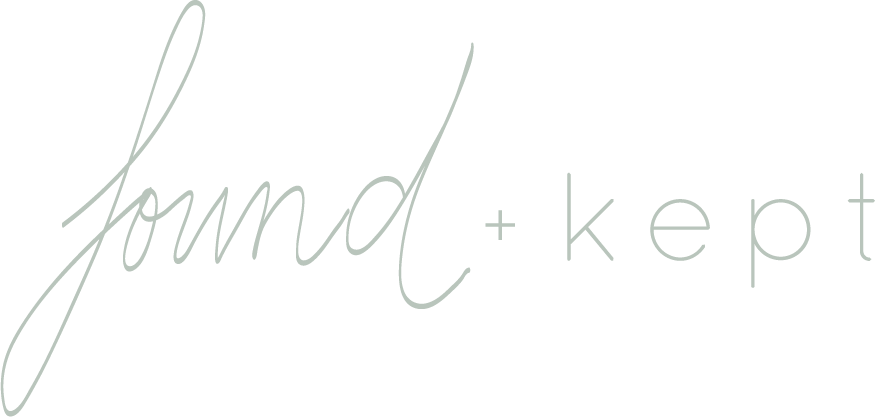Indigo Blues
I love me some hand dyed indigo cloth, that's why I had to try it myself! Maybe it's my obsession with the color, or the history of the dye, but I wanted to experience the process of hand dyeing. There is an organic connection you make with whatever it is you're transforming, and I'm a little obsessed with this now. I've been rummaging through my house looking for anything fabric to dye. My next attempt will be either a.) lamp shade b.) more cloth to make bean bags or eye pillows or c.) curtains, whats your vote?
The history of the dye, from its plant-based roots in India, to how it became our staple 'jean' color is fascinating. If you want some quick history on it check out this awesome post by Design Sponge.
For now, check out my How-To Indigo Dye DIY!
I purchased this Indigo Tie Dye Kit and found it to be a great beginner kit. I pretty much followed the directions all the way through, with some minor tweaks.
The kit provides:
20g Indigo Dye
250g Reducing Agent
Soda ash
1 pair gloves *after using the ones provided I recommend going with heavy duty gloves, unless you want to temporarily dye your hands blue
2 wood pieces *I would also recommend buying more
2 sizes of rubber bands
Instructions including pattern ideas
What you need:
5 gallon bucket with lid
Stick for stirring
Water
Fabrics etc. (I used rags and an old t-shirt)
Begin by making your dye
1. Fill up the 5 gal bucket (I got this one from Home Depot) with 4 gal of warm tap water
2. Mix in dye packet and stir until combined
3. Next add in the reducing agent and soda ash and slowly stir until combined
4. Slow down stirring and slowly stir in the opposite direction
5. Gently remove stick, and cover with lid- you want it to settle for at least 15-30 min. I let mine settle for 40 min or so, but up to an hour is best
*Note, the dye can get messy so make sure you doing this somewhere that won't get damaged!
Next up, prepare your fabric!
1. I used the pattern book to do some of these, but mostly I just folded the fabric in different patterns and wound them with rubber bands. I knew my first time dyeing it probably wouldn't come out perfect, and I wanted to see what patterns worked. I folded them in accordion style, a few rubber bands around the ends, or used wood blocks.
2. Once the fabric is prepared remove the lid of the dye. *there was this whole business in the packet about a "bloom" in the dye that you need to remove from the vat. However, mine did not produce any "bloom", and I just moved the bubbles/particles on the top layer to the side of the bucket and it worked just fine.
Time to dye it!
1. Wet your fabric, and wearing gloves squeeze out the water as you dunk your fabric into the dye
2. Gently move the fabric around to make sure the dye gets all up in it. I held mine in the dye for about a minute each. Keep ahold of the fabric, don't let it sink to the bottom
3. To remove the fabric, try to make as little splashing as possible. Squeeze the fabric below the water line and gently remove it
4. Let the fabric oxidize for about 20 min, you can open it up or not depending on what pattern you want, let it dry on a line
Done! You will have beautiful, unique, hand dyed cloth
That's it! Once you have fabric, anything is possible. I fit these rags into frames and made some wall art out of them!
Note: the dye will keep for several days and makes A LOT of dye, a lot more than I expected. I had a lot of dye left and not enough fabric
Fabric ideas: shirts that need a lift, rags, tea towels, yarn, linen bags, pillow cases, table cloth, napkins, you get the picture
I loved this little DIY project and hope you do too. Have fun with it and be excited about unexpected patterns and designs!














